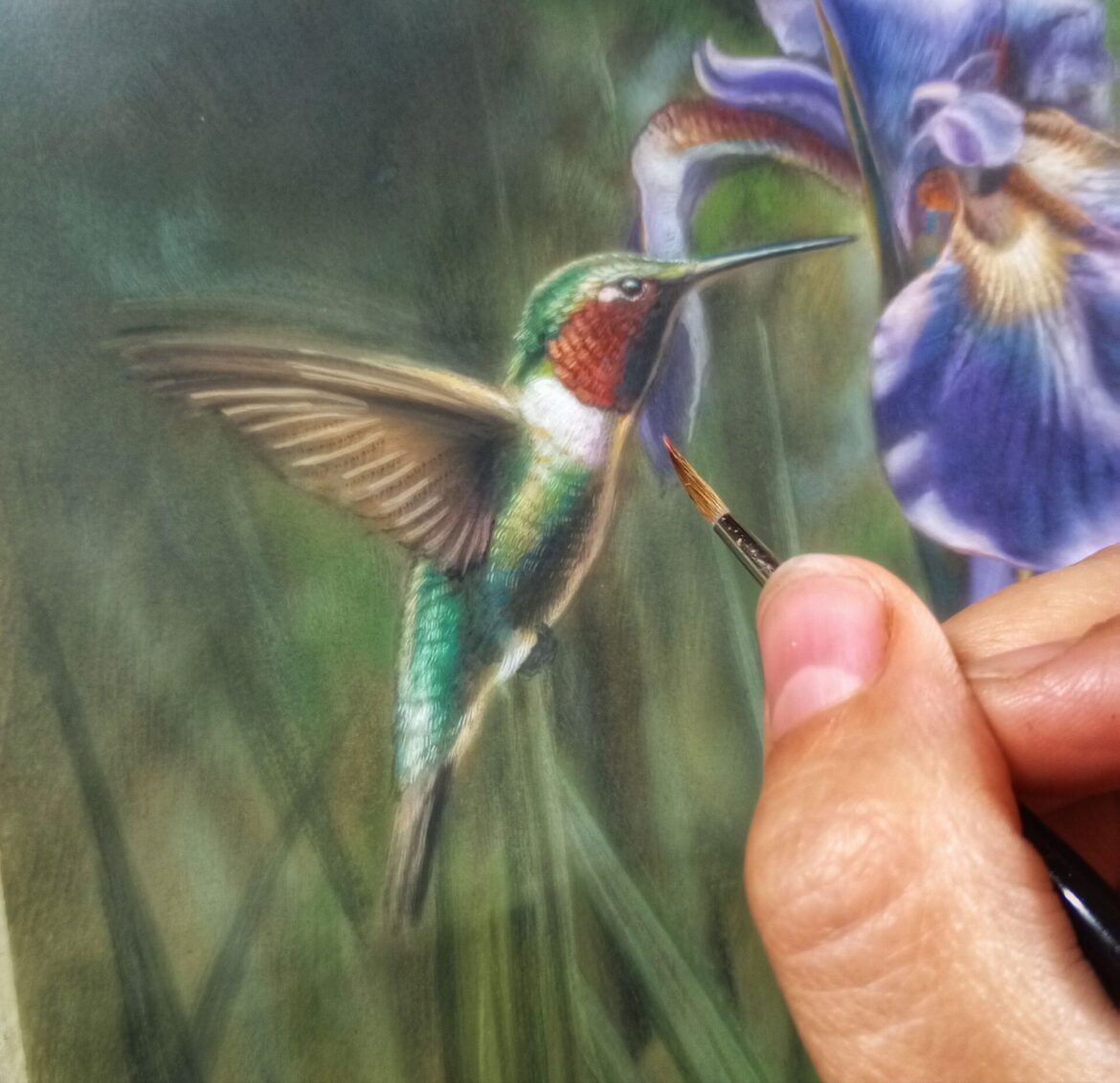Wildlife art is more than an exercise in technique—it is a conversation with nature, a bridge between observation and emotion, a quiet reflection on our place within the natural world.
In painting wildlife, I find myself drawn to moments that feel timeless, moments where the essence of a creature is captured not just in form, but in spirit. A mountain lion pausing on a rocky ledge, a herd of elk moving through misty grasslands, a bear wading through a rushing river—each of these moments tells a story. And through art, that story becomes something tangible, something felt.
There is an undeniable connection between the artist and the subject. To paint an animal is to understand its presence, its movement, its interactions with the landscape. It is not just about replicating its features but about honoring its place in the world. The act of painting becomes an extension of observation, a way to hold onto the fleeting glimpses that nature offers us.
This philosophy shapes my work. My approach is not just about color or composition; it is about respect, about preserving moments that remind us of how intertwined we are with the lives of these creatures. Whether it’s the curiosity in a wolf’s gaze, the silent communication between a mother and her young, or the quiet patience of a bird waiting for flight—all of these emotions, all of these connections, are what breathe life into wildlife art.
Through my paintings, I hope to share this perspective—to offer viewers a chance to pause, to feel, to see the world not just as an observer, but as a part of it. Because in the end, art is not just about representation; it is about emotion, memory, and the lasting imprint of the natural world on the human spirit.
